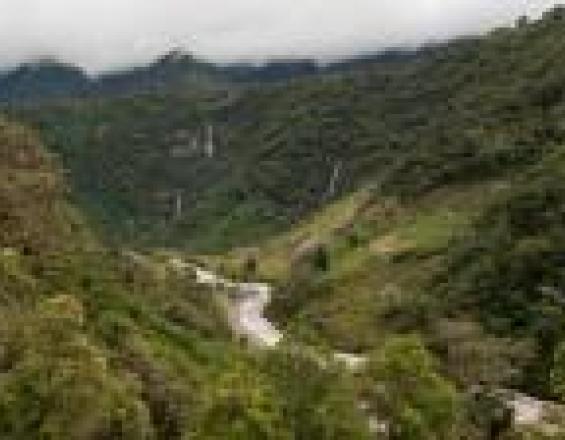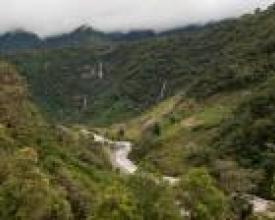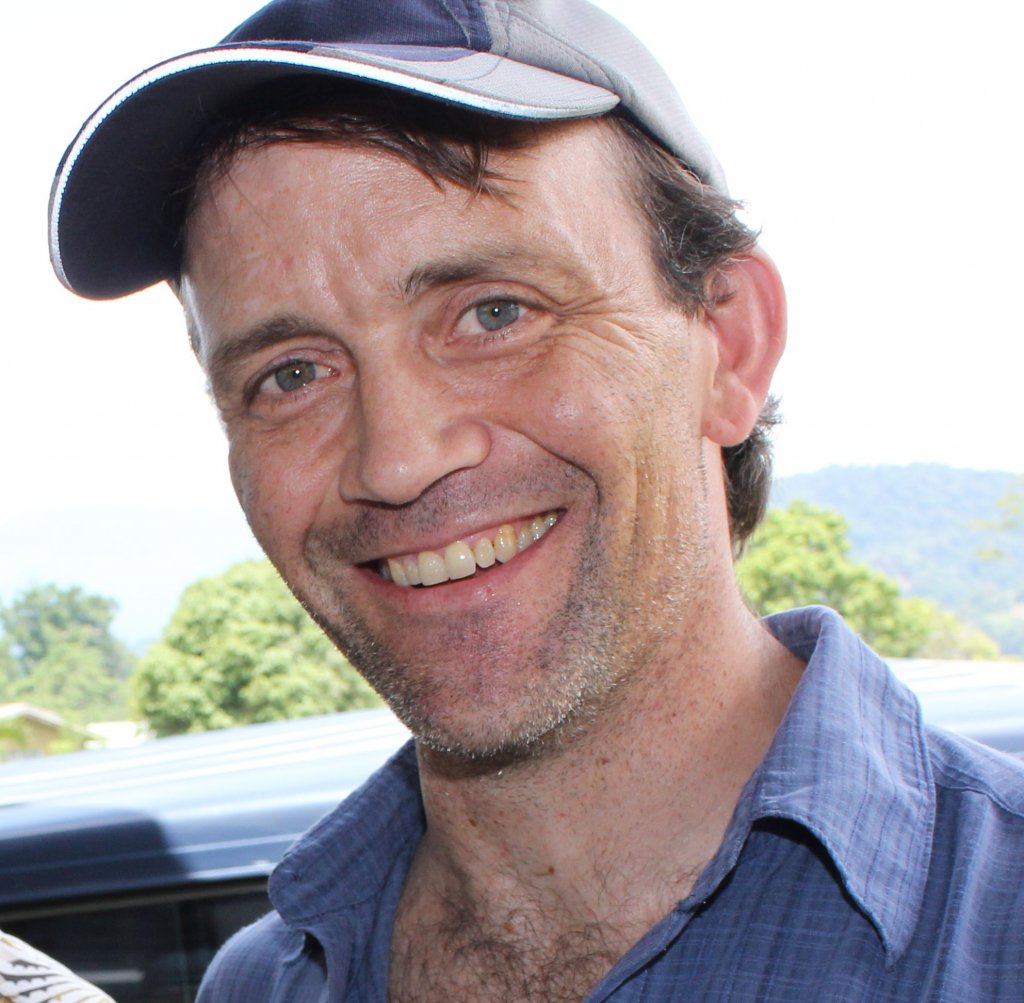
Water Funds

Water Funds, such as the Bogotà Water Fund in Colombia, are agreements between stakeholders to deploy natural solutions in source watersheds. They often include protected areas. Water Funds provide: - A revenue mechanism to collect and distribute funding from downstream users for watershed conservation - A governance mechanism for joint watershed planning and decision making - An implementation mechanism to carry out conservation and restoration work.
Contexte
Challenges addressed
Emplacement
Traiter
Summary of the process
Building Blocks
Identification of relevant hydrological service
Enabling factors
Lesson learned
Identification of beneficiaries
Enabling factors
Lesson learned
Working group
Enabling factors
Lesson learned
Legal and institutional analysis
Enabling factors
Lesson learned
Designing the fund’s structure and governance
Enabling factors
Lesson learned
Impacts
There are 20 water funds in operation and 42 water funds in design across the globe located around major urban areas. Water Funds developed in Latin America, and are rapidly spreading to the US and East Africa. Water funds ensure the long-term protection of critical terrestrial and freshwater systems while providing a clean, reliable source of water – the key hydrologic services for the downstream water users. The Bogotà Water Fund is projected to generate more than $40 million USD in 10 years for water conservation of 8.5 million people in the Colombian capital. This mechanism will prevent 2 million tons of sediment entering the watershed basin. The city’s water treatment facility could save up to $4 million every year thanks to the filtering services provided by upstream tropical Andean forests. It provides support to protected areas and buffer zones established in the region, addressing budget constraints that restrict their conservation work.






